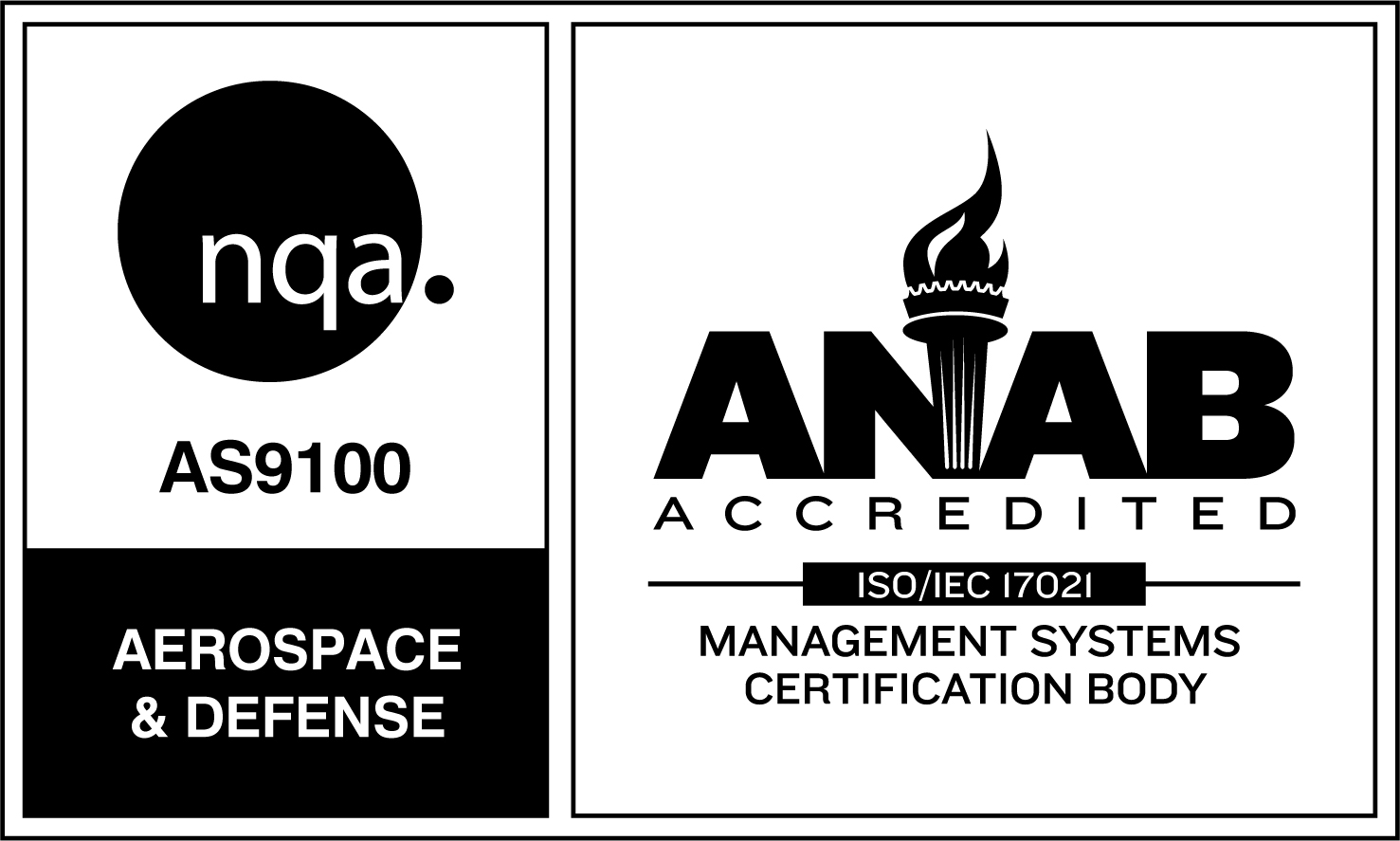Brazing can be accomplished using a number of different techniques, each useful for addressing particular design goals or materials characteristics. Aluminum dip brazing is a popular technique. Compared to other approaches, it can be relatively inexpensive and result in clean parts with minimal work after brazing is completed. From a distance, the process is quite simple, but in practice it involves many complex decision-points that require rare expertise.
What are the steps in an aluminum dip brazing process?
- Design and fabrication.
A successful joint starts at the engineering stage. Before furnaces are dialed up, components need to be designed and manufactured with brazing in mind.
Materials are crucially important elements of designing the brazing process itself. Sometimes a design allows for flexibility in the selection of parent alloys. In general, if a component will undergo dip brazing, it is important to select an alloy that handles the process well. Specialty materials may impose additional design requirements to achieve the required joint strength or other characteristics.
Brazed joints need extremely narrow tolerances to facilitate the capillary action of the filler alloy. Flux needs room to flow through the joint, with drainage available to allow excess flux to leave the assembly during the process. Precise lap joints typically provide optimal results.
When a design can’t accommodate ideal features, engineers with deep knowledge about the brazing process can explore alternatives. That’s why Thermal-Vac has built an unusually large in-house engineering team.
- Preparing for the braze.
Quality control begins the moment components arrive at the shop for dip brazing. Careful inspections, both with the naked eye and with advanced sensory technologies, are necessary to ensure the components have come from the fabricator true-to-design and ready for brazing.
Assuming the parts pass the initial inspection protocols, they are cleaned to remove potential contaminants and then assembled. During assembly the filler metal is placed near the joints so it will flow into them once the assembly is heated up.
- Preheating.
Before parts are immersed in the brazing bath they are preheated. This ensures that during the brazing process itself components with different thermal characteristics are at a uniform temperature. In turn, this helps the filler metal spread through the joint with greater consistency.
- Immersion.
Aluminum dip brazing involves placing the preheated parts into a molten salt bath. The salts act as a flux as the filler metal, now heated to the point of liquifying, works its way through the joint.
For many dip brazes, the dip process is completed by hand. Temperatures are gauged using precisely tuned sensors to ensure the braze meets the customer’s specific requirements. The dip itself is fast, usually reaching completion in just a couple minutes.
- Quench, clean, and inspect.
Once the dip is complete the assembly is removed from the salt bath and placed into a quenching tank. The quenching process rapidly hardens the joint. If necessary, once the assembly has sufficiently cooled it will be further cleaned.
A final inspection by engineers is necessary to ensure the brazing process resulted in a satisfactory joint. Specialized tools may be used to verify joints are free of voids or other inconsistencies that could compromise the assembly’s integrity.
Thermal-Vac is Southern California’s go-to for aluminum dip brazing
Aluminum dip brazing results in exceptionally strong joints, provided it’s done right. At Thermal-Vac we work closely with each customer from the moment they propose a project to its final delivery. From engineering to final processing, we are there with the service and know-how to get the job done the right way. To learn more about our aluminum dip brazing process, give Thermal-Vac a call.


